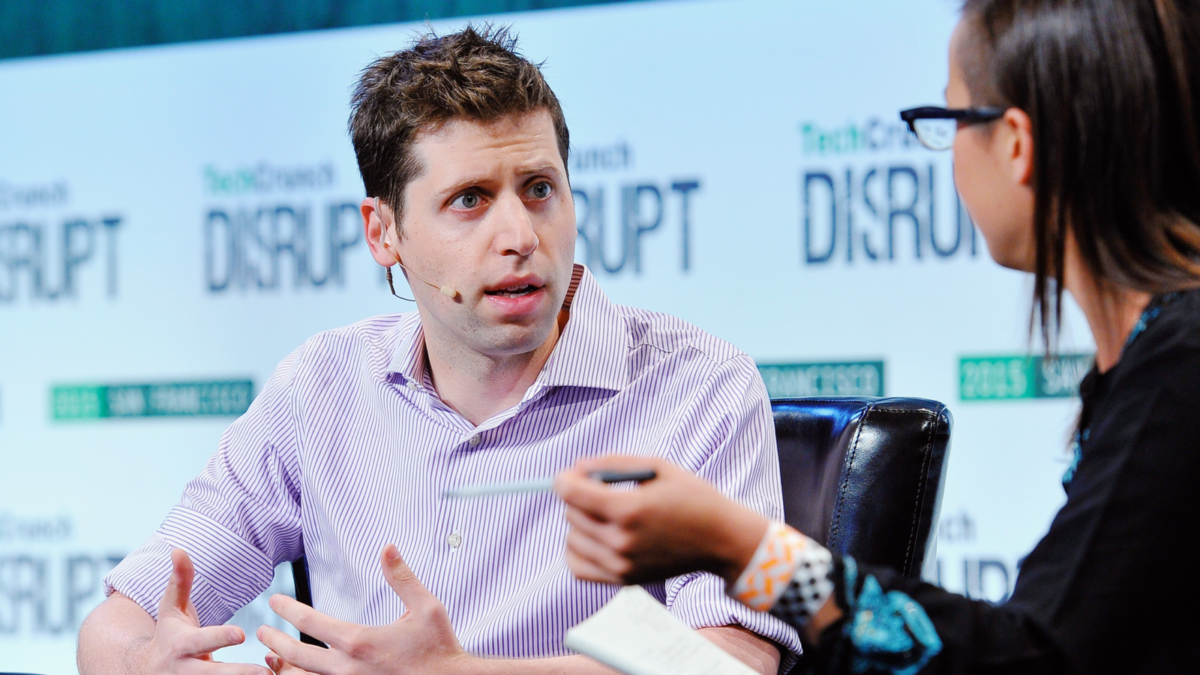OpenAI Ventures into AI Chip Development: A Strategic Move Against Nvidia
What would it mean for the future of artificial intelligence if a leading AI research organization developed its own AI chip? This is the question on everyone’s mind as OpenAI, known for its groundbreaking work in AI, steps into the realm of chip design, potentially challenging Nvidia’s dominance in the AI chip market.
OpenAI’s Ambitious Move
OpenAI, renowned for creating ChatGPT and other advanced AI models, is taking significant strides to develop its own AI chips. This move aims to enhance its computing capabilities and reduce reliance on external suppliers like Nvidia. OpenAI’s CEO, Sam Altman, is spearheading this initiative, seeking to transform the AI landscape by boosting the organization’s self-sufficiency in hardware development.
The Strategic Hire from Google’s AI Chip Unit
To achieve this goal, OpenAI has recruited former engineers from Google’s AI chip division. These experts bring invaluable experience from developing Google’s tensor processing units (TPUs), positioning OpenAI to leverage this expertise in creating bespoke AI hardware. By assembling a team of top-tier chip designers, OpenAI aims to innovate and produce AI chips tailored to its specific needs, potentially outperforming existing solutions in the market.
Collaborations and Industry Partnerships
OpenAI’s strategy extends beyond internal development. The organization is reportedly in discussions with Broadcom and other industry leaders to co-develop AI server chips. These collaborations could expedite the chip development process and ensure that OpenAI’s chips are optimized for large-scale AI applications.
Additionally, OpenAI is exploring partnerships with semiconductor giants like Taiwan Semiconductor Manufacturing Company (TSMC) to establish chip manufacturing capabilities. This move aligns with Altman’s broader vision of creating a robust infrastructure for AI development, including data centers and specialized AI chip servers.
The Implications for Nvidia
Nvidia has long been the dominant player in the AI chip market, with an estimated market share of 70% to 95%. OpenAI’s entry into chip development could disrupt this dominance, offering an alternative to Nvidia’s GPUs. By creating its own AI chips, OpenAI aims to have greater control over its hardware requirements, which could result in cost savings and enhanced performance.
This shift could also impact Nvidia’s market position, as other AI companies might follow OpenAI’s lead, seeking to develop proprietary hardware solutions. Such a trend could diversify the AI chip market, fostering competition and innovation.
Financial and Logistical Challenges
Despite the potential benefits, OpenAI faces significant challenges in this endeavor. The development of AI chips demands significant financial investment and specialized technical knowledge. Reports indicate that Altman has engaged in fundraising talks, aiming to raise billions of dollars to support the chip manufacturing initiative.
Moreover, building a chip fabrication facility is a complex and costly process. While partnering with established manufacturers like TSMC can mitigate some risks, the logistical and operational challenges remain formidable.
You may also like: ChatGPT Under Fire: Security Concerns Emerge
The Competitive Landscape
The AI chip market is highly competitive, with key players like Nvidia, AMD, and Intel continuously innovating to deliver faster and more efficient processors. Nvidia’s GPUs, particularly the A100 and H100, have set a high bar in terms of performance, widely used in training large AI models due to their superior computational capabilities.
OpenAI’s decision to develop its own AI chips is a strategic response to this competitive landscape. By integrating chip design into its operations, OpenAI can optimize hardware and software integration, potentially unlocking new levels of performance for its AI models. This vertical integration could lead to more efficient power usage, lower latency, and higher throughput, all critical factors for advancing AI research and applications.
The Role of Custom AI Chips
Custom AI chips, or application-specific integrated circuits (ASICs), are designed for specific tasks, offering significant advantages over general-purpose processors. Google’s TPUs, for example, have been instrumental in accelerating machine learning workloads, providing insights into the potential benefits of custom AI hardware.
OpenAI’s move to develop custom AI chips is likely driven by similar motivations. By tailoring chip architectures to the specific requirements of their AI models, OpenAI can achieve higher performance and efficiency. This could be particularly beneficial for large-scale AI models like GPT-4, which demand immense computational resources.
Market and Economic Implications
The development of custom AI chips by OpenAI could have significant market and economic implications. As OpenAI moves towards self-sufficiency in hardware, it could shift the dynamics of the AI chip market, challenging established players like Nvidia. This competition could drive innovation and potentially lower costs, benefiting the broader AI community.
Moreover, the success of OpenAI’s chip development initiative could inspire other AI companies to pursue similar paths. This could lead to a proliferation of specialized AI hardware, each optimized for different types of AI workloads. Such diversification could accelerate the development and deployment of AI technologies across various industries, from healthcare to finance to autonomous vehicles.
Conclusion
OpenAI’s pursuit of AI chip development marks a bold and strategic move to enhance its technological capabilities and reduce dependency on external suppliers. By hiring top talent from Google’s AI chip unit and collaborating with industry leaders, OpenAI is well-positioned to innovate and potentially disrupt the AI chip market.
FAQs
1. Why is OpenAI developing its own AI chips?
OpenAI aims to enhance its computing power and reduce reliance on external suppliers like Nvidia, ensuring better control over its hardware needs and potentially reducing costs.
2. Who are OpenAI’s key collaborators in this initiative?
OpenAI is reportedly in talks with Broadcom and other industry leaders, and exploring partnerships with semiconductor manufacturers like TSMC.
3. What challenges does OpenAI face in developing AI chips?
The challenges include substantial financial investment, technical expertise, and the complexities of building and operating chip fabrication facilities.
4. How could this move impact Nvidia?
Additionally, the establishment of a chip manufacturing facility is both a complicated and expensive endeavor.
Feature image source: Yandex





